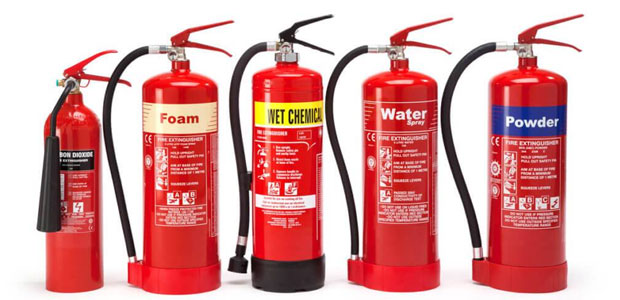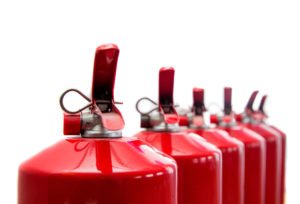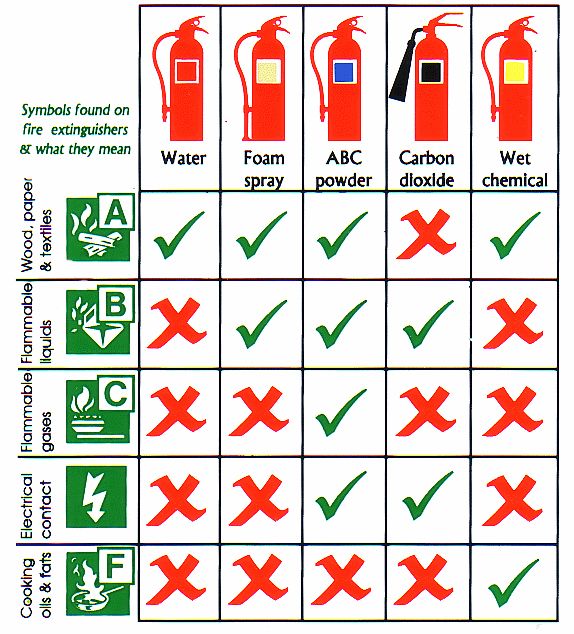class b fire is caused by
A Class A fire is the most common kind of fire that is likely to start. However European and Australian categories slightly differ jump to the international comparison chart.
Liquids or gas such as alcohol ether gasoline or grease.

. These fires are most commonly kitchen fires as they involve cooking oils. The five classes of fire are. Some plastics are also Class B fire materials.
Trash fires are one such example. Fires sparked by an electrical reaction a short circuit in wiring or inside an appliance for example are a little trickier than other fires because with the addition of electricity as a cause you cannot EVER use water to extinguish them because water conducts electricity. They are normally caused by combustible solid objects like wood paper fabric and textiles.
A fire caused by flammable or combustible liquids and gases oil gasoline. Class B fires are those that are caused by the combustion of flammable liquids such as paint alcohol gasoline and oils. Class A fires are defined as ordinary combustibles.
The first step when fighting a fire caused by electricity is to switch the equipment off. If the source of power is removed from the fire it no longer. A carbon dioxide fire extinguisher rated for flammable liquids and gasses.
A carbon dioxide fire extinguisher works on a Class B fire by expelling CO2 to suffocate the fire removing the oxygen necessary to keep it burningIt also helps with removing the heat as the discharge is very cold. This classification of fire is done based on the combustible material that can possibly catch fire accordingly the safeguards against such. Class C fires - Flammable gases.
Water or foam extinguishers will cause these kinds of fires to get worse so be on your guard. Class B fires are those where the fuel is flammable or combustible liquid. However note that due to how quickly the CO2 gas disperses this extinguisher is only effective at a relatively close range about 3-8 feet from.
This is essentially the common accidental fire encountered across several different industries. Class A fires are the easiest to put out. Cooking Oils andor Fats.
However the type of foam to be used depends on whether it is water soluble or hydrocarbon. Ordinary solid combustibles such as paper wood cloth and some plastics. Class B hazards include Flammable liquids greases and gas.
If you have a metal fire the best way to put this out is to use a dry powder extinguisher only. For example propane natural gas gasoline and kerosene fires are types of Class B fires. A Class C fire extinguisher is used to extinguish a fire that is caused by an energized electrical element.
They involve solid combustible materials such as wood paper cloth trash or. They are caused by energized electrical elements such as damaged power cors or overloaded electrical outlets. If an extinguisher has a Class C rating it means that the agent will not conduct electricity.
Class C Fires. Solid materials such as wood or paper fabric and some plastics. Class B fires are not really different from other fires in that they have the same basic fire tetrahedron elements.
The only difference is the fuel. In order to have a fire you need fuel oxygen heat and a chemical reaction. In the EuropeanAustralian system flammable liquids are designated Class B having flash point less than 100 C 212 F.
A Class C fire is a fire that involves electrical equipment electrical appliances or electrical wiring. Class B fires can be hazardous if not handled properly. A dry powder fire extinguisher is the most effective as it works by inhibiting the chemical reaction causing the fire.
The best way to handle these fires is to eliminate. Flammable liquids such as alcohol ether oil gasoline and grease which are best extinguished by smothering. There are four classes of fires.
If you have a fire blanket big enough to cover the area such as in a saucepan then that too. These types are fires use commonly flammable material as their fuel source. The National Fire Protection Association NFPA categorizes fires by class.
It is one of the five classes of fires along with A B D and K. Electrical failure from appliances electronic equipment and wiring. There are six different types of fire classes which are based on the energy source that has caused them.
There are several and the 5 most common are class A class B class C class D and class K. The fuel for a Class B is a combustible gas or liquid. As such there are specific Class C fire extinguishers that contain a dry powder or.
We will be discussing class B hazards and which type of fire protection is most effective. The relevant graphics and letter designations that accompany these classes are specified by NFPA 10 the standard for portable fire extinguishers. The 5 main classes of fires are categorized by what caused the fire or what the fire uses as fuel and are as follows.
A Class B fire is anything started by a flammable liquid such as petrol or alcohol. The appropriate extinguishers used to tackle a Class B fire include CO2 foam and dry powder extinguishers. A class B fire does not leave embers or ashes and can be best extinguished by providing a wall between the fuel and the oxygen a technique known as smothering.
The best solution to these fire hazards are dry chemical powder or clean agent gas. But it is always best to disconnect the power source prior to fighting the fire. Bonfires are typically a Class A intentional fire.
Class A fires involving solid materials such as wood paper or textiles. Flammable Liquids and Gases. The US system includes flammable gases in their Class B.
They involve solid materials like wood paper plastic or clothing. However foam or CO2 extinguishers are also safe to use as they smother the fire removing it of oxygen. A good way to put out a Class A fire is to use a water based extinguisher.
Class A fires are the most common type of fire and the kind that most of us are familiar with. Tackling a Class B Fire. The most effective extinguishing agent against a class B fire is foam.
Any of the following may be the fuel source for a Class B. In fire classes a Class B fire is a fire in flammable liquids or flammable gases petroleum greases tars oils oil-based paints solvents lacquers or alcohols. Electrical equipment appliances and wiring in which the use or a nonconductive.
Management Blanketing with O2-deprivation eg CO2 dry chemical or foam. Wood fabric paper trash and plastics are common sources of Class A fires. Class B fires involving flammable liquids such as petrol diesel or.
The use of lighter fluid on a charcoal grill for example creates a Class B fire. These types of fires are incredibly popular in construction sites chemical plants and warehouses. As water conducts electricity spraying an electrical fire with water can cause the current to travel back up.

Find Out What The Symbols On Your Fire Extinguisher Actually Mean Foremost Promotions

The 6 Types And Classes Of Fire And How To Attack Them Haspod

What Are The 5 Different Classes Of Fires Vanguard

Fire Extinguisher Types How To Choose The Right Class

The 6 Types And Classes Of Fire And How To Attack Them Haspod

Types Of Fires Kidde Fire Safety

Abcs Of Fire Extinguishers Fire Prevention Services The University Of Texas At Austin

The Types Of Fire Extinguishers Classifications Water Foam Co2

The Abc Store Pressure Type Fire Extinguishers Which We Offer Are Suitable For A Class General Paper Wood And Cloth Fires These Abc Firefighter Fire Safety

The Different Types Of Fires Classes Prevention Reaction

Class B Fire Extinguishers Combustible Gases And Liquids Strike First Usa

Find Out What The Symbols On Your Fire Extinguisher Actually Mean Foremost Promotions

Fire Extinguisher Types How To Choose The Right Class

Class B Fire Extinguishers Combustible Gases And Liquids Strike First Usa

Types Of Fire Extinguishers Types Of Fire Fire Extinguishers Health And Safety

The Abcs Ds And Ks Of Fire Extinguishers Occupational Health Safety

The Five Classes Of Fires And The Fire Extinguishers That Stop Them Strike First Usa

Class B Fire Extinguishers Combustible Gases And Liquids Strike First Usa

